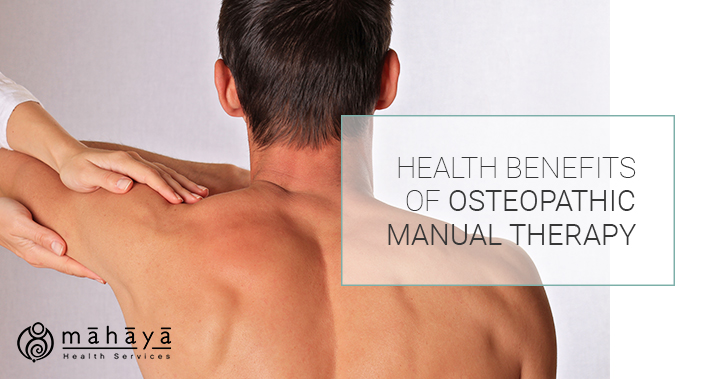
Are you experiencing muscle pain, headaches, or migraines?
What about difficulty breathing or sleeping, carpal tunnel syndrome, or TMJ?
Having trouble finding solutions to these issues?
Osteopathic manual therapy can help.
OMT is a gentle form of manual medicine which focuses on joint movement, breath, and energy.
What Is Osteopathic Manual Therapy?
Osteopathic manual therapy (OMT) is a hands-on, non-invasive therapy which can be used to prevent, diagnose, and provide treatment for, injury and illness. Somebody who practices OMT is called an osteopathic manual practitioner, or OMP.
An OMP uses manual adjustments to address issues with muscles, joints, tendons, and ligaments.
Some of the techniques employed in OMT are used by some physiotherapists.
As well, OMT is related to chiropractic treatments, though the schools of thought and approach are quite different.
What Is The Goal Of Osteopathic Manual Therapy?
Although on its surface, osteopathic manual therapy may seem to be targeted to your bones and muscles, the aim is to treat you as a whole.
What this means is osteopathic manual practitioners will aim to not only target the initial complaint, but also to identify the underlying root cause of the pain.
Your OMP will look at how symptoms such as muscle pain or weakness affect your body as a whole, and aim to address these issues.
Benefits Of Osteopathic Manual Therapy
Osteopathic manual therapy can be used as a treatment for a large number of conditions, and it boasts a host of benefits as well.
1. May Reduce Chronic Pain
OMT’s use in reducing chronic pain has been well documented.
A 2017 article in the Journal of Back and Musculoskeletal Rehabilitation showed osteopathic manual therapy to be an effective treatment for patients with lower back pain.
Furthermore, a 2011 review showed it to be effective for shoulder pain and related disorders.
Finally, a 2013 study in the Cochrane Database of Systematic Reviews showed OMT to be effective for relieving back pain, particularly during pregnancy.
2. May Reduce Migraine Pain
While most people experience headaches from time-to-time, migraines are on a whole other level.
Characterized by throbbing, pulsing pain, sensitivity to light, and sometimes even vomiting migraines can make day-to-day life difficult for those who suffer from them.
Often, osteopathic manual therapy can help.
A 2017 study in the Journal of the American Osteopathic Association showed significant improvement in migraine symptoms after a 45 minute OMT session.
3. May Improve Respiratory Function
Osteopathic manual therapy can be used to provide treatment for respiratory disorders, including asthma and pneumonia.
In 2014, an article in the Journal of Visualized Experiments showed that used as an adjunctive treatment for pneumonia, OMT helped to reduce the length of time patients spent in hospital.
Additionally, those who received the treatment required fewer antibiotics and had a lower incidence of respiratory failure.
4. May Reduce Insomnia
Tossing and turning at night?
Can’t get to sleep?
Osteopathic manual therapy may be the natural treatment for insomnia you’ve been looking for.
A 2010 meta-analysis in the Journal of Chiropractic Medicine showed osteopathic cranial manipulation in particular had positive effects as a treatment for insomnia.
5. May Help With Digestive Disorders
If you’re experiencing digestive disorders such as constipation, acid reflux, or irritable bowel syndrome, OMT could offer the relief you’re looking for.
A 2014 study in the Journal of the American Osteopathic Association showed OMT may be beneficial as a treatment for patients with IBS.
It should be noted that this study was quite small, and more research should be done in this area for more conclusive results. At the time of writing, though, the results seem promising.
Contact us at Mahaya Health today to set up an appointment.
At Mahaya Health, our skilled practitioners will not only provide treatment suited for your specific needs, but will also recommend stretches and breathing exercises you can do at home, in order to make the most out of your treatment.